Why Winterize Your AC Unit?
Winterizing your AC unit is crucial to prevent damage from freezing water that can build up inside the unit during cold weather. If water freezes inside your AC, it can crack pipes, hoses, and other components. This damage can lead to expensive repairs or even replacement of the entire cooling system.
By winterizing properly, you ensure your AC survives the winter in good working condition. When spring rolls around, your AC will be ready to keep your home cool without having to worry about repairing winter damage. Preventing frozen water damage avoids both costly AC repairs and discomfort during warm weather if your cooling system is broken.
When to Winterize Your AC Unit
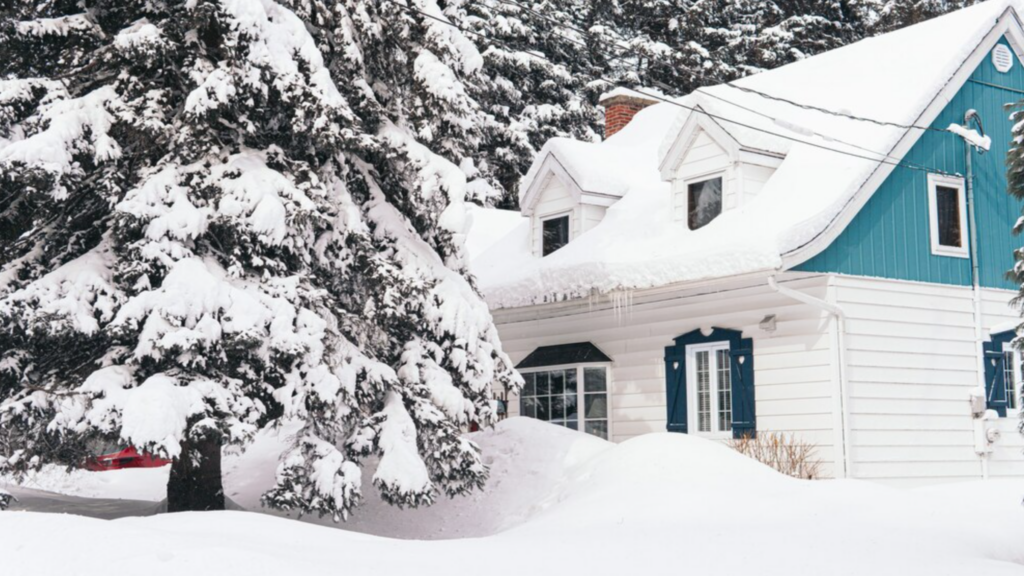
The best time to winterize your AC unit is after you have used it for the final time in the fall season, right before the first freeze hits your area. You want to make sure to winterize your unit before temperatures drop below freezing, as any water left in the system can freeze and cause damage. Aim to winterize in late fall, as soon as nightly temperatures start dipping below zero degrees Celsius. Check your local weather forecast to gauge when the first freeze typically occurs. It’s better to winterize a little too early rather than risk frozen components.
Winterizing in advance of the first hard freeze gives you time to properly shut down, drain, and protect your AC unit before cold conditions set in. Rushing to winterize after that first freezing night can be too late. Getting ahead of the cold ensures your system survives winter safely.
Turn Off Power
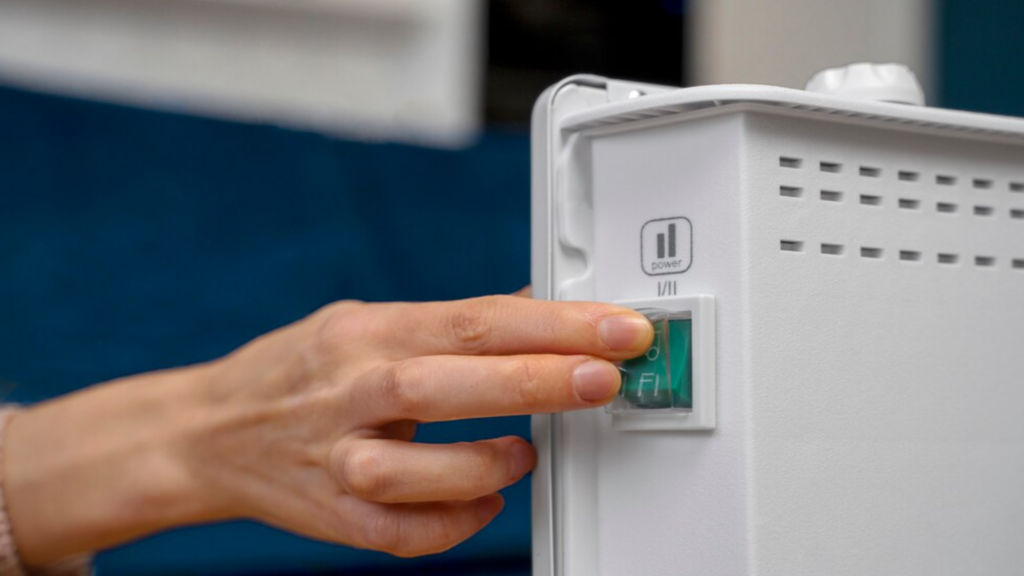
An important first step in winterizing your AC unit is to turn off the power. This prevents any electrical accidents or damage while servicing the unit. Locate the circuit breaker or fuse that controls the power to your AC unit. The circuit should be clearly labeled. Double check that you have the correct one before proceeding.
Once you’ve identified the right circuit breaker or fuse, switch it to the “Off” position. Make sure it is completely powered down. Now you can safely service the AC unit without risk of shock or electrical hazards. Just be sure to flip the circuit back to the “On” position when you are done winterizing and ready to use the AC system again in spring.
Clean AC Unit
Before covering your AC unit for winter, be sure to clean it thoroughly. Use a garden hose with a nozzle to spray away any dirt, leaves, pollen or debris that may have collected on the exterior or around the unit. Pay close attention to the coils and fins, as they can easily become clogged with debris.
Use a fine comb or brush to gently clean between the coils. You’ll want to rinse away any built-up dirt, being careful not to damage the fins which aid the airflow. Once everything is rinsed off, allow time for the AC unit to dry completely before putting the cover on. Proper cleaning will allow your unit to function efficiently when summer rolls back around.
Remove AC Cover
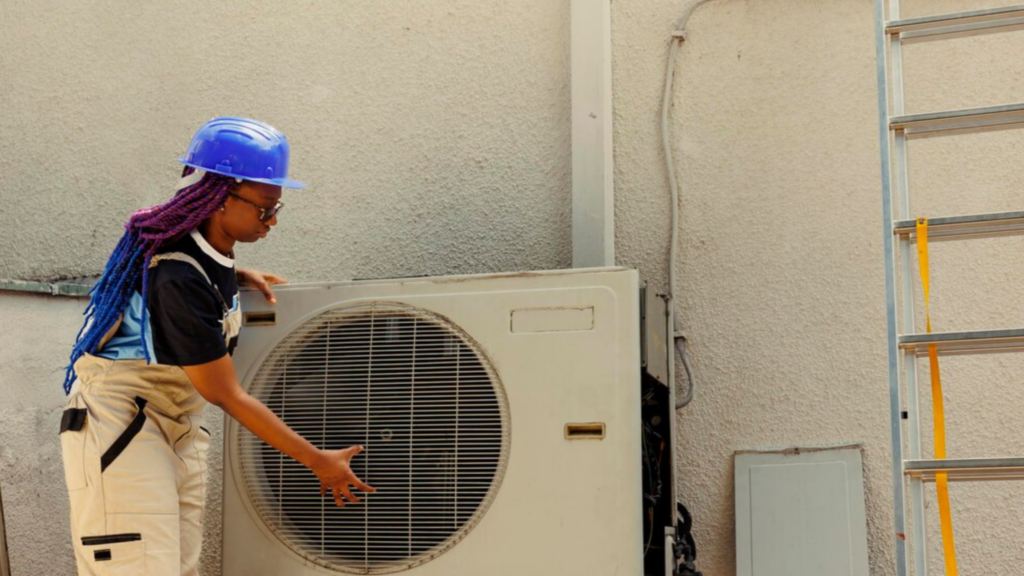
Take off any exterior coverings that may have been placed on the outside AC unit. These covers help protect the unit during the warmer months but should be removed before winter to allow proper maintenance and winterizing. Use care when removing the cover to avoid damaging it.
Fully detach or unhook any straps or fasteners. Set the cover in a safe, dry area to store for the winter. Taking off the exterior cover gives you full access to the AC unit. This allows you to thoroughly clean the unit, drain any condensation, and perform other winterizing tasks. Make sure to remove all obstructions before servicing the system.
Once the cover is detached, inspect the unit for any leaks, rust, or damage. This is a good opportunity to spot any issues before reattaching the cover in spring. Address any minor repairs now to avoid bigger problems after months of non-use. With the cover removed, your AC unit is exposed to the elements. Try to complete winterizing on a dry day when no rain or snow is forecasted. And avoid removing the cover too early; wait until the unit is fully shut down for the winter.
Drain Condensate Line
The condensate line drains water that accumulates from the evaporation coil during the cooling process. Water sitting in the line can freeze and crack the line or cause water damage during winter. To drain the line:
- Locate the main drain line, usually a white PVC pipe coming out the side of the unit.
- Disconnect the line from the unit so nothing flows back in while draining.
- Elevate the drain line end and use compressed air to force any remaining water out.
- Make sure all water is fully drained.
- Once drained, reconnect the line to the unit and seal up the connection with electrical or duct tape to prevent bugs or debris from getting in.
- Consider using a wet/dry vacuum to draw out excess water as an alternative.
Draining the condensate line is crucial to prevent freezing, cracks, clogs, and water damage. A little preventive maintenance now will save headaches down the road. Follow the steps above to fully drain the line before winter hits.
Clean Air Filters
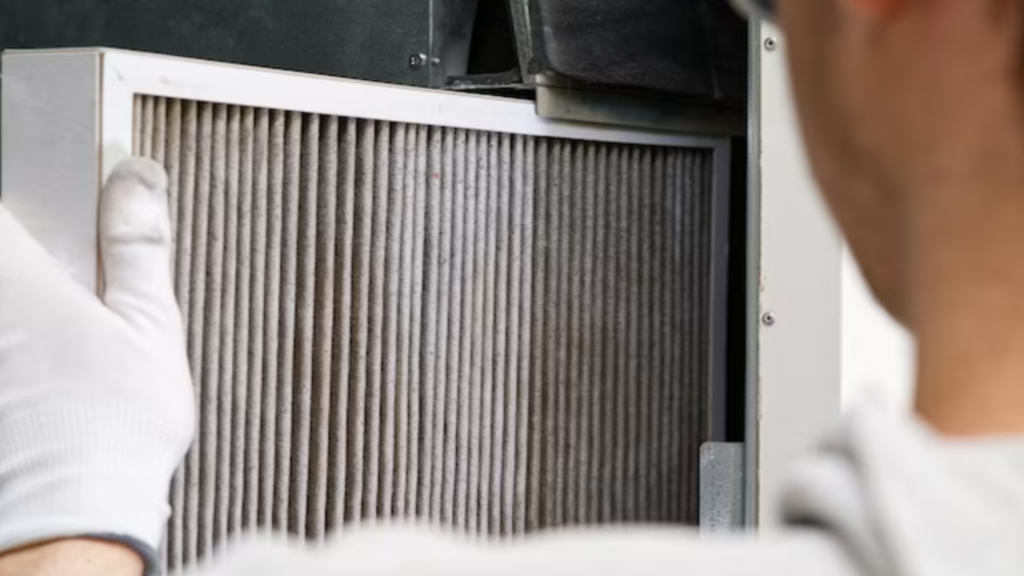
One of the most important maintenance tasks when winterizing your AC unit is to remove and thoroughly clean or replace the filters. Clogged, dirty filters reduce airflow and make your system work harder, wasting energy. To clean the filters, remove them from the unit and use a hose or sink to rinse off any loose debris. You can also use a mild detergent and warm water if needed. Allow the filters to air dry completely before reinstalling them.
If the filters are heavily clogged or torn, it’s best to replace them. Check the manufacturer’s recommendations, but filters generally need to be replaced every 1-3 months during peak cooling season.
Replacing a dirty filter with a clean one allows proper airflow and keeps your AC operating efficiently. Always make sure the arrow on the filter is pointing in the direction of the airflow. When reinstalling the filter, confirm it fits snugly to prevent air from bypassing. A clean filter ensures your AC breathes properly and avoids straining the system when you go to use it again next spring.
Cover AC Unit
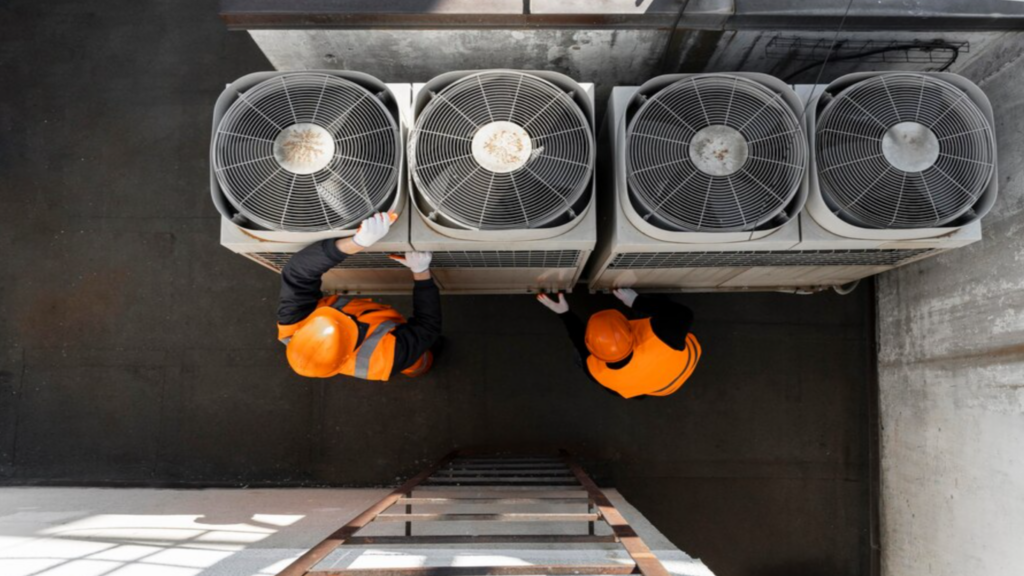
Properly covering your outdoor AC unit for winter is an important step to protect it from the elements. Start by purchasing a durable weatherproof cover made specifically for AC units. Look for one that is water resistant and provides insulation. Make sure to select the right size that will fit snugly over your unit.
Before placing the cover, clean off any debris or dirt from the top and sides of the unit with a soft brush or cloth. You want the cover to lay flat against the surfaces. Once clean, take the cover and unfold it, draping it over the top of the AC unit. Some covers have drawstrings or fasteners at the bottom that can be cinched or secured to keep the cover in place. Make sure the cover is situated so that it is not touching the disconnect box or any refrigerant lines going into the unit.
The cover should allow airflow and not fully seal the unit. With the cover situated properly, you can rest assured your outdoor AC will be protected from rain, ice, snow, and other harsh weather throughout the cold months until spring arrives.
Disconnect Power
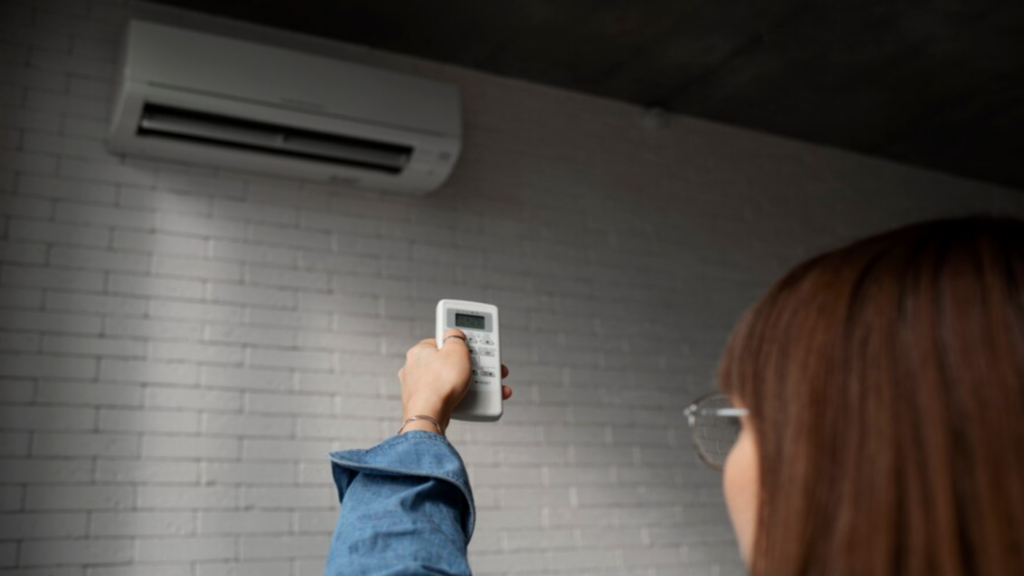
It’s important to disconnect electrical power to your AC unit before winter hits. This prevents potential electrical shorts that could be caused by winter storms, falling snow, or ice. Start by locating the electrical disconnect box outside near your AC unit. This box contains a switch or circuit breaker that controls power to the AC. Flip the disconnect switch to the “Off” position or turn the circuit breaker for the AC to “Off”. This ensures no power is running to your AC during the winter months.
If your disconnect box uses fuses instead of a switch/breaker, you’ll want to remove the fuse for the AC circuit. Store this fuse safely over the winter so it’s available to re-insert in the spring. With power disconnected, your AC unit is safely powered down for winter. Come spring, you’ll simply flip the switch back “On” or re-insert the fuse to restore power when it’s time to use your AC again.
Schedule Spring AC Unit Tune-Up

In the spring, be sure to call an HVAC technician to inspect your AC unit before turning it back on for the warmer months. Having a professional technician perform a thorough inspection and maintenance will ensure your AC is ready for the summer heat. The technician will check refrigerant levels, tighten any loose connections, clear out any dirt or debris, test electric components, and make any other necessary repairs or adjustments.
This spring AC tune-up allows the technician to spot and fix minor issues before they become big problems that could lead to costly repairs or failure during peak AC season. Investing in preventative maintenance now saves you money in the long run. It also provides peace of mind knowing your AC is optimized and ready to keep you comfortable all summer long. Don’t wait until it breaks down in the heat of summer – schedule a spring tune-up with your HVAC technician as soon as the weather begins to warm.
Winterizing Your AC Unit Keeps it Running Smoothly
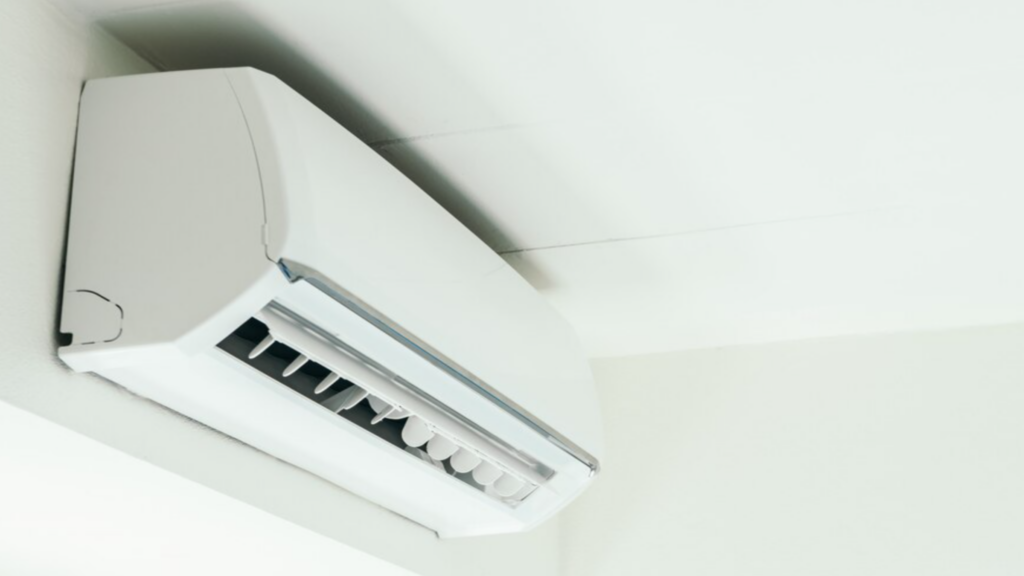
Winterizing your AC unit is a great way to ensure that your unit is in good working condition when you need it in the spring and summer months. Some key reasons for winterizing your AC include:
- Prevent pipe bursts from frozen water expanding
- Avoid ice buildup on the evaporator coil
- Prevent corrosion damage from pooling water
- Save money by avoiding major repairs or replacement costs
- Ensure your AC lasts for many more years of cooling your home
Taking the time to winterize can save you money and hassle when warmer weather returns. It gives your AC the best chance of making it through extreme cold snaps unscathed. Protect your cooling investment with proper winter preparation. For more information about AC winterization, contact one of our expert energy advisors and they will be able to answer any questions you might have.
Related Posts

Furnace Maintenance Tips for the Winter
Prepare for winter—ensure your furnace is set with key maintenance tips: filter changes, thermostat inspections, and regular checks.
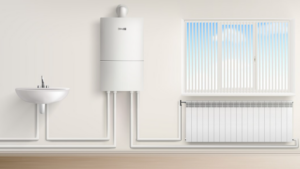
Heat Pump Water Heaters: Your Complete 2024 Guide
Considering a heat pump water heater in 2024? Our guide details operation, benefits, top brands, costs, sizing, and upkeep tips.
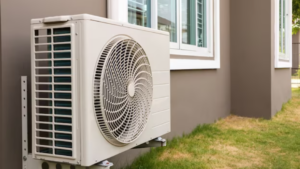
How Heat Pumps Can Improve Energy Efficiency
Heat pumps are an energy efficient way to heat and cool your home. Learn more about this versatile tool and how it can help you along your sustainability journey.

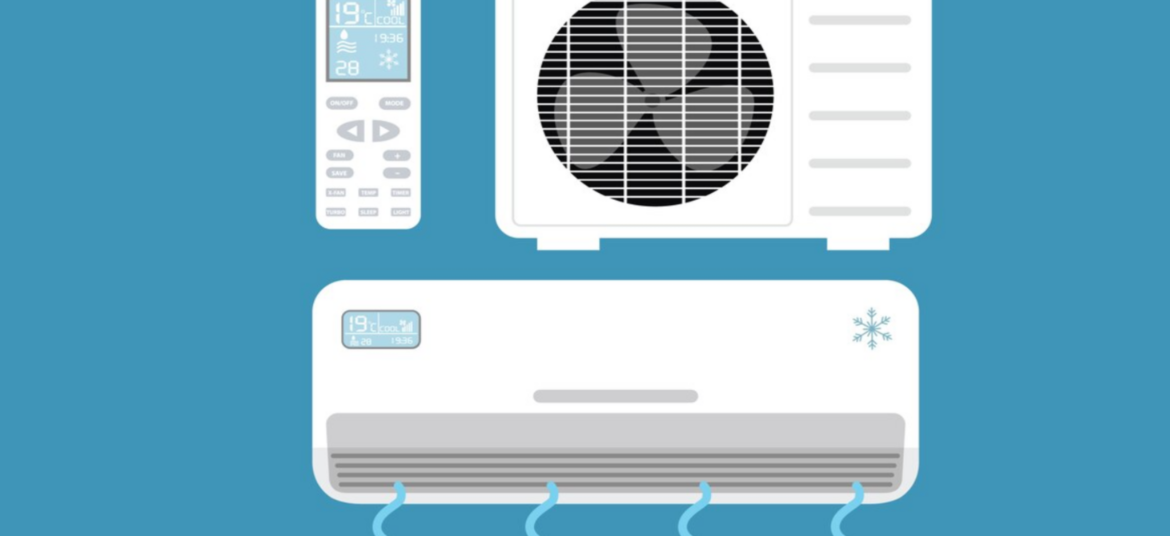
No Comments